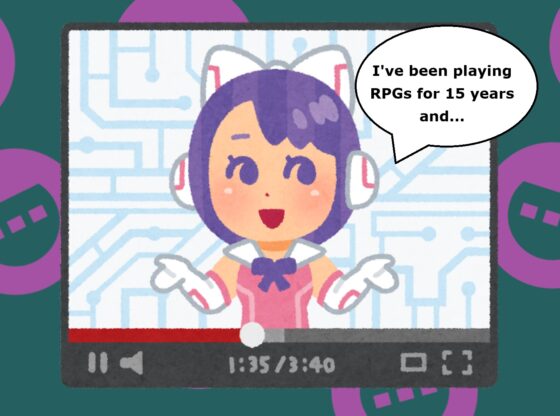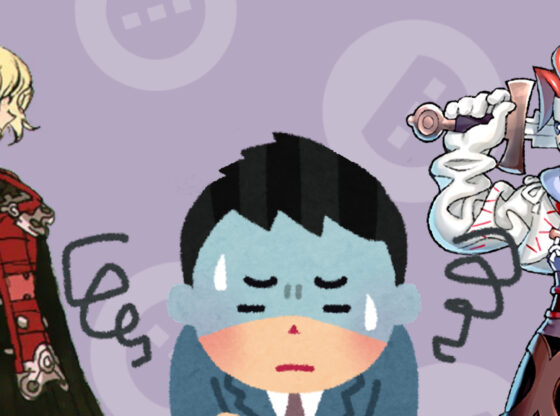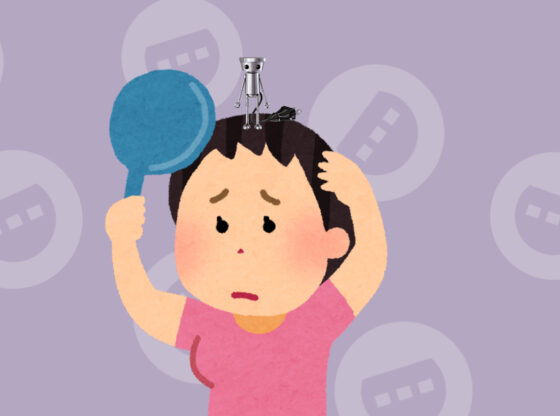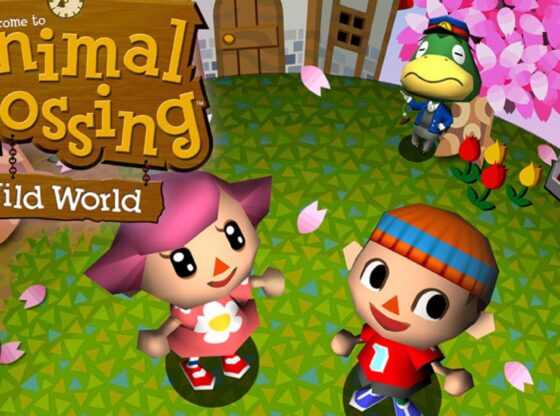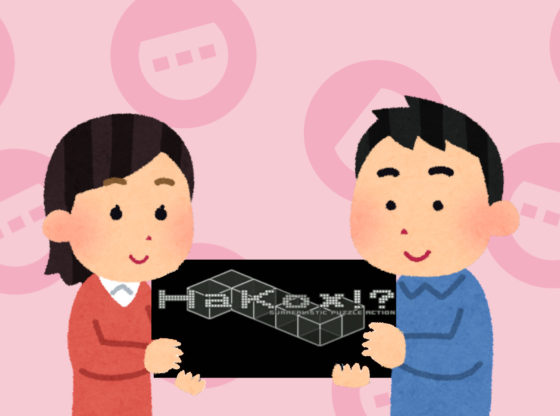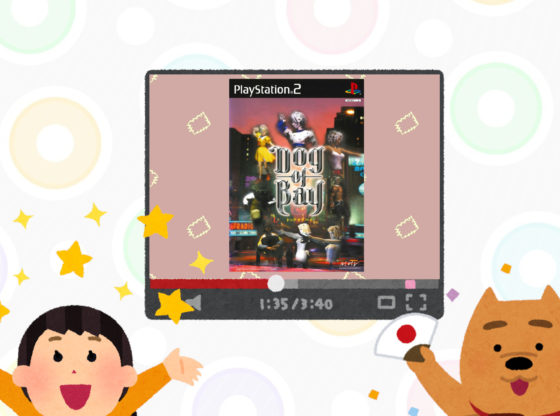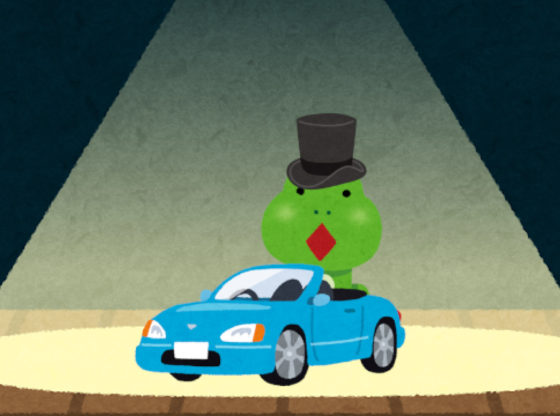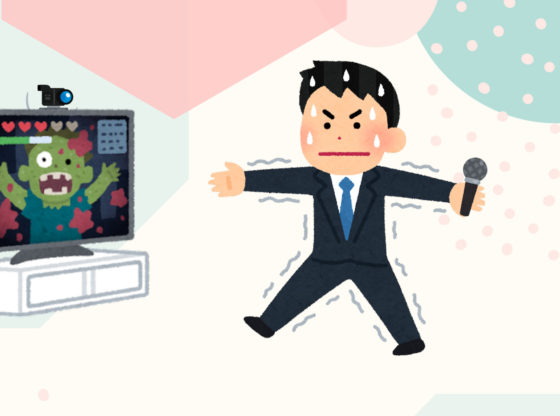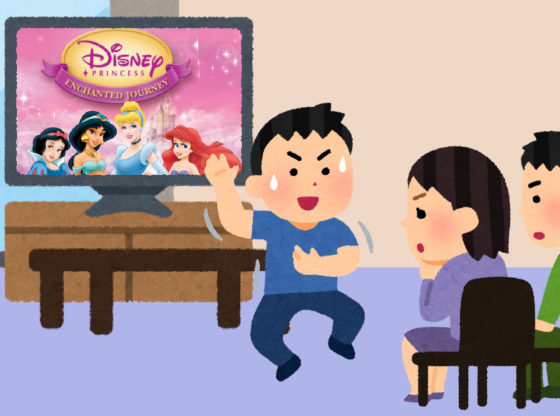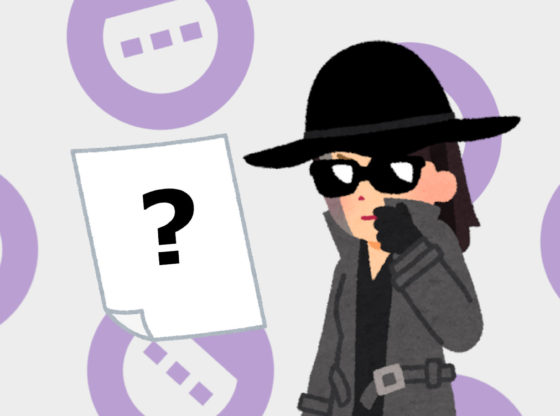I don’t archive my original drafts very often (I should more) but thankfully I uploaded my original write up for my PC-FX English Guide video to google docs. So it still exists!
The final PC-FX English Guide Video can be found here.
What’s listed below is the first draft I made of the video. While a lot of the core topics made it into the final video, I ultimately decided to focus more on the games themselves, rather than the console or its history. Which I think was for the best.
I also really tried to smooth the edges on my feelings about PC Engine fans kind of contributing to the negative perception of the PC-FX. I feel like I often blame them too much for how the system is viewed today. However I think their perspective is very reasonable and valid. My bigger issue I think is just not enough voices out there talking about what the PC-FX did well, rather than what it didn’t do well.
In the west, the NEC PC-FX is a misunderstood console to say the least. I think many who purchase one do so as a fan of the PC Engine, a platform that has a vast import-friendly library. You can find some of the best games of the 16-bit generation there, many of which you can almost fully enjoy without knowing any Japanese.
So I think it comes as a surprise when they pick up the system’s successor, the PC-FX, and find that most of the games are fairly inaccessible to them. Why? Well the system sort of ended up serving a fairly niche audience. The platform prioritizes high quality 30 frames per second full motion video playback over things like 3D graphics.
If you know anything about how the console wars played out in the mid 90s, you can probably guess the fate of the system against the 3D capabilities of the PlayStation, Saturn and Nintendo64.
Without wide-scale support, you end up with a fairly small library of 60 titles. Now are these titles worth looking at? Well, depends on what you’re looking for. The system largely aimed at anime fans and otakus of the 90s. Something that paired well with the system’s capabilities. Most titles make heavy use of animation, voice acting and highly detailed sprite art. Perfect for portraying sexy ladies and handsome men, or featuring interviews with their voice actors. The compression of the video and audio shows its age on modern devices, but other elements upscale really nicely.
Can you find this type of stuff on other platforms of the era? Sure. And many of the developers were keen to port the titles elsewhere to try to find success. But the PC-FX has a really high concentration of this stuff. Its niche gave it kind of the natural lean toward young adults of the era, resulting in many text heavy titles in genres like adventure, character raising, simulation and dating. Or as westerner, these typically fall under the umbrella of what is often referred to as a visual novel.
And despite what you may have heard, most of them are not hentai. There are only three 18+ only games with explicit material, though a handful of others are recommended for adults due to subject matter and some lighter fan service. This is before Japan had a rating system, so it’s not that weird. And thankfully I think English speaking audiences, including myself, have come a long way in understanding that these types of games are not just for the eye candy.
Though obviously finding that depth without knowing any Japanese… is a bit of a bumpy road. There are definitely games you can pick up and play, like the shoot em up Zeroigar, the brawler Kishin Zenki or bubble-bobble-like Chip-Chan Kick. But these instant gratification titles are few and far between. Fan translations are a thing, but there’s not a ton of them. Probably the most helpful being for the game, Welcome to PiaCarrot. But if you want to explore the majority of its library without knowing the language, you’ll need to be patient and resourceful. Sometimes that means using a combination of online guides, videos a well as other resources. Or you might just have to do some good old trial and error to brute force your way through.
I got through a good chunk of the romance adventure game, First Kiss Story, but simply saving and loading my way through each character arc. Though towards the end, I did end up utilizing a Japanese text guide that I google translated.
While there’s definitely a lot of games here that you’ll spend the majority of your time staring at talking heads, there are some titles here that are not immediately accessible. But once you wrap your head around them, Like the infiltration maze game Ojousama Sousamou where you’re hunted down by various lady cops, the cinematic fighter Battle Heat that feels strangely like a real fighting game, and the metroidvania-like Ruruli ra rura which has more of focus on resource management than action.
There’s also a sizable number of RPGs here. And while I’m sure they’re diverse in implementation, I’ve found most I’ve looked at definitely lean into aspects other games on the system have, like relationship and character building. Which you’ll need to spend time to figure out how they work.
Is the pay off for all this effort that you gain access to a treasure troove of new classics? It’s hard for me to say without fully knowing Japanese, but I think it’s safe to assume this system is full of releases of varying quality. There’s definitely a lot of flashy stuff, particularly early on. Though as you get deeper into the library, don’t be surprsied if you find some cut corners. Like the Galaxy Fraulen Yuna FX game reusing much of the animation from one of its OVA releases.
It’s not a system for everybody. And I think it’s understandable why some might frown upon it, especially jumping in without much knowledge on what the system is about. Though, I think a bit more patience and research would help with people’s impression of the system. And while the type of games maybe fall closer to what was happening on Japanese PCs at the time, I think the system is cool window into that brief period of time in a compact console form.
Now what games should you play from the system’s library for a non-Japanese speaker? It’s probably the most common question I see. And if you can’t guess from all the caveats I mentioned earlier, it’s not an easy question to answer. Everyone will tell you Zeroigar, Kishin Zenki and Chip-Chan Kick. Great games, but those aren’t really representative of the system as a whole. Welcome to Pia Carrot is probably more in line with the system’s focus, and is literally in English thanks to the fan translation. So that’s an easy one. Jump in on that. But once you start getting beyond that, how accessible each game is a complicated question.
So in this video I’m going to include three clips, each giving a brief overview of a game, what strategies and resources will help you play them, and also give a ranking on how accessible it is considering those resources. I’m really hoping to be able to do more of these in the future, so keep an eye on the channel. There’s also a PC-FX facebook group, so they’ll probably show up in there from time to time as well. Though keep in mind, PC-FX is not the sole focus of this channel

